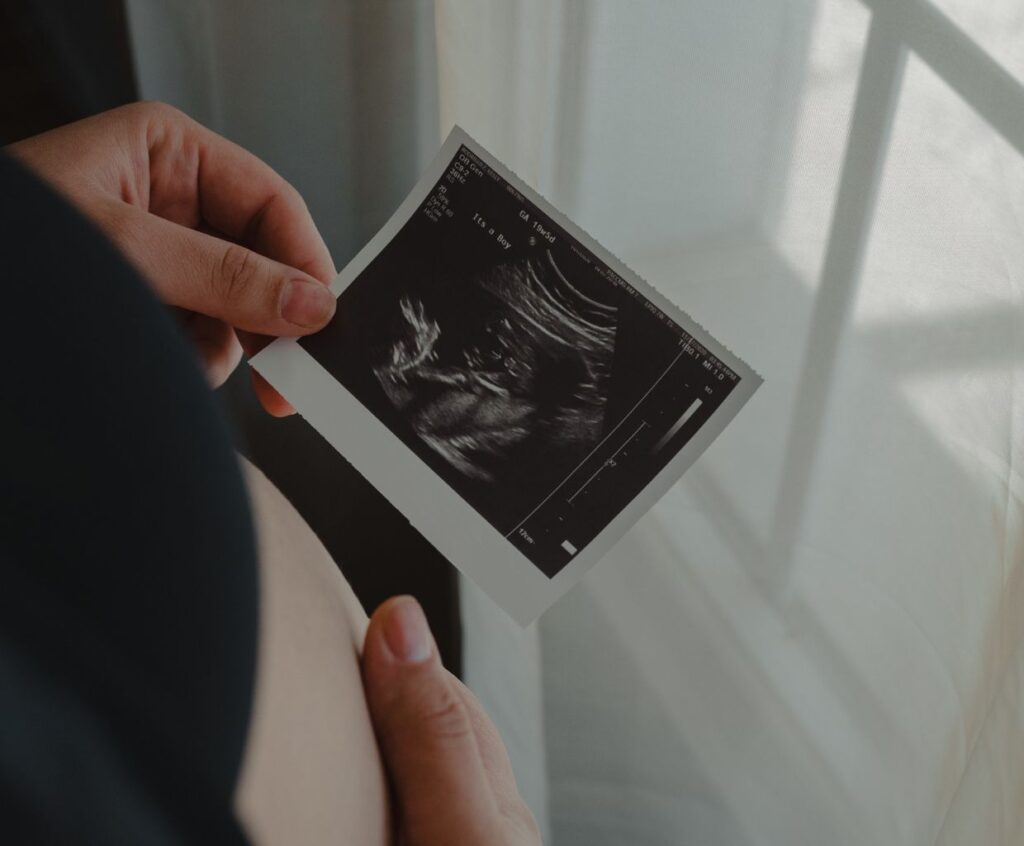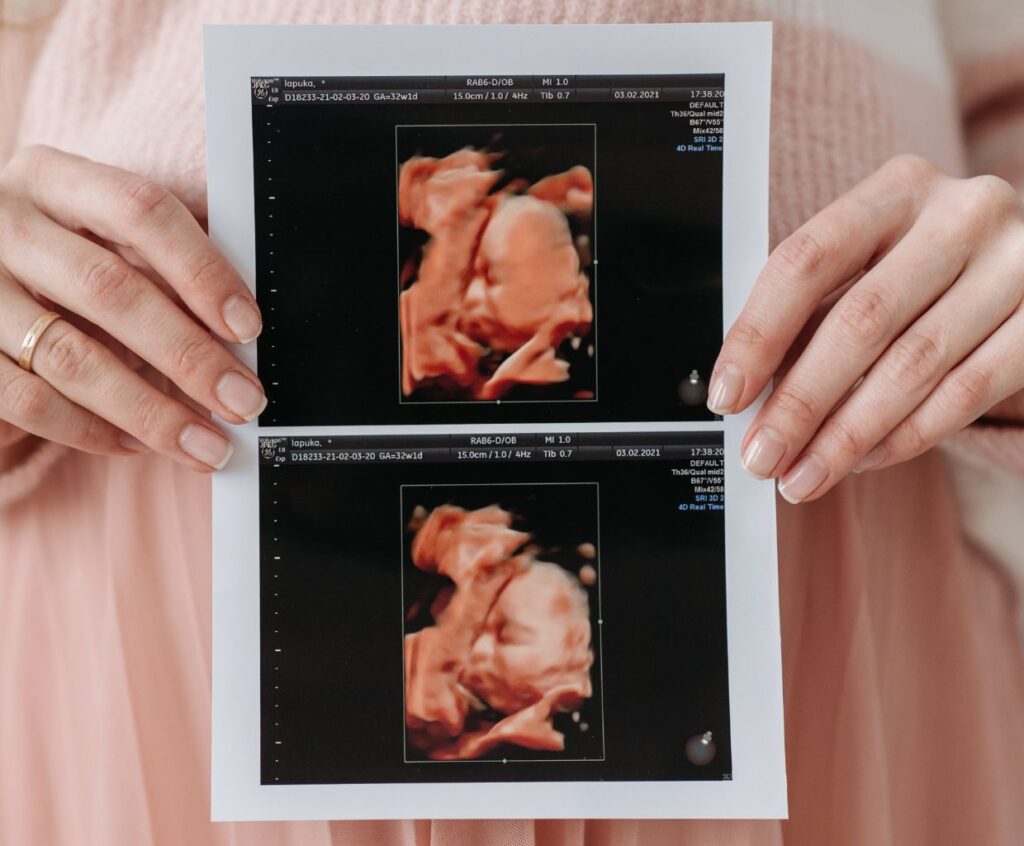How Does a Baby Eat in the Womb: The Amazing Process of Fetal Nutrition
Welcome to the incredible world of fetal nutrition! Have you ever wondered how a baby gets the nourishment it needs to grow and develop inside the womb? It’s a fascinating process that occurs naturally and plays a vital role in the overall development of a fetus.
This article will delve into how a baby eats while still in the womb.

The Placenta: Nature’s Life Support System
At the core of fetal nutrition lies the placenta. This remarkable organ develops during pregnancy and acts as a lifeline between the mother and her unborn child. The baby receives essential nutrients, oxygen, and antibodies through the placenta for its growth and well-being.
Nutrient Exchange
The placenta facilitates the transfer of nutrients from the mother’s bloodstream to the fetus. The mother’s diet directly impacts the quality and quantity of nutrients available to the baby. Nutrients such as proteins, carbohydrates, fats, vitamins, and minerals pass through the placenta and reach the developing fetus, promoting healthy growth and development.
Oxygen Supply
Oxygen is crucial for the baby’s survival and proper development. The placenta receives oxygen-rich blood from the mother and transfers it to the fetus through the umbilical cord. This oxygen supply ensures that the baby’s organs, muscles, and tissues receive the necessary oxygen to function optimally.
Waste Removal
Just as the placenta delivers nutrients and oxygen, it also plays a crucial role in eliminating waste products from the baby’s bloodstream. Waste materials like carbon dioxide are carried away from the fetus by the placenta and expelled from the mother’s body. This waste removal process ensures a clean and healthy environment for the growing baby.
The Amniotic Fluid: A Protective Cushion
The amniotic fluid, commonly called the “water,” is a protective cushion for the developing baby. This fluid safeguards the fetus against external impacts and provides an environment conducive to swallowing and digestion.
Swallowing and Digestion
As the baby floats in the amniotic fluid, it practices swallowing movements. These movements help the baby develop the necessary muscles and reflexes for feeding after birth. Additionally, the swallowed amniotic fluid aids in developing the digestive system, preparing the baby for a smooth transition to the outside world.
Taste Sensation
Studies suggest that the amniotic fluid can also carry flavors from the mother’s diet, allowing the baby to experience various tastes while still in the womb. This early exposure to different flavors may influence the baby’s food preferences later in life.
Can a mother’s diet affect her baby’s nutrition in the womb?
Yes, a mother’s diet can significantly impact her baby’s nutrition in the womb. The nutrients a mother consumes during pregnancy are essential for the growth and development of the baby. A balanced and nutritious diet is essential to provide the necessary vitamins, minerals, proteins, carbohydrates, and fats that support the baby’s development.
A deficiency or excess of certain nutrients can lead to complications, such as low birth weight, developmental issues, and an increased risk of chronic diseases later in life. Therefore, expectant mothers must eat a well-rounded diet and consult with healthcare professionals to meet their nutritional needs during pregnancy.
Are there any risks or complications with fetal nutrition?
Yes, there can be risks and complications associated with fetal nutrition. Some potential risks include:
1. Inadequate nutrition: If the mother does not consume a balanced and nutritious diet during pregnancy, it can lead to insufficient nutrient intake for the fetus, which may result in poor growth and development.
2. Excessive nutrition: On the other hand, excessive maternal nutrition, particularly excessive weight gain or consumption of high-calorie, low-nutrient foods, can increase the risk of gestational diabetes, macrosomia (considerable birth weight), and other complications.
3. Nutrient deficiencies: Certain nutrient deficiencies during pregnancy, such as folic acid, iron, and calcium, can increase the risk of congenital disabilities, anemia, and bone-related problems in the fetus.
4. Exposure to harmful substances: Consumption of certain substances during pregnancy, such as alcohol, tobacco, drugs, and certain medications, can adversely affect fetal development and nutrition.
5. Foodborne illnesses: Pregnant women are more susceptible to illnesses like listeriosis and toxoplasmosis, which can harm the fetus.
Pregnant women need to follow a well-balanced and nutritious diet under the guidance of a healthcare professional to minimize these risks and ensure optimal fetal nutrition.
How does the umbilical cord deliver nutrients to the fetus?
The umbilical cord is a flexible tube-like structure that connects the fetus to the placenta. It is the lifeline for the developing fetus, providing essential nutrients and oxygen while removing waste products.
The umbilical cord consists of two arteries and one vein surrounded by a gelatinous substance called Wharton’s jelly. The arteries carry deoxygenated blood and waste products away from the fetus, while the vein carries oxygenated blood and nutrients toward the fetus.
The umbilical vein carries nutrient-rich blood from the placenta to the fetus. The placenta, attached to the uterine wall, acts as a filter and exchange system between the mother and fetus. It allows oxygen and nutrients from the mother’s bloodstream to pass into the placenta and the umbilical vein, delivering these essential substances to the developing fetus.
Once the nutrients and oxygen are delivered to the fetus, they are distributed throughout its body via the circulatory system. The fetal circulatory system is designed to bypass specific organs that are not fully functional, such as the lungs, as the fetus receives oxygen from the mother’s bloodstream through the placenta instead.
Overall, the umbilical cord is crucial in delivering nutrients and oxygen to the developing fetus, ensuring its growth and development during pregnancy.
How Does a Baby Eat in the Womb – In Conclusion
The process of fetal nutrition is nothing short of miraculous. Every aspect contributes to the baby’s overall growth and development, from the change of vital nutrients and oxygen through the placenta to the amniotic fluid’s role in swallowing and taste sensation.
It’s truly incredible to witness how nature provides for the needs of an unborn child, ensuring a solid foundation for their future journey in the outside world.

